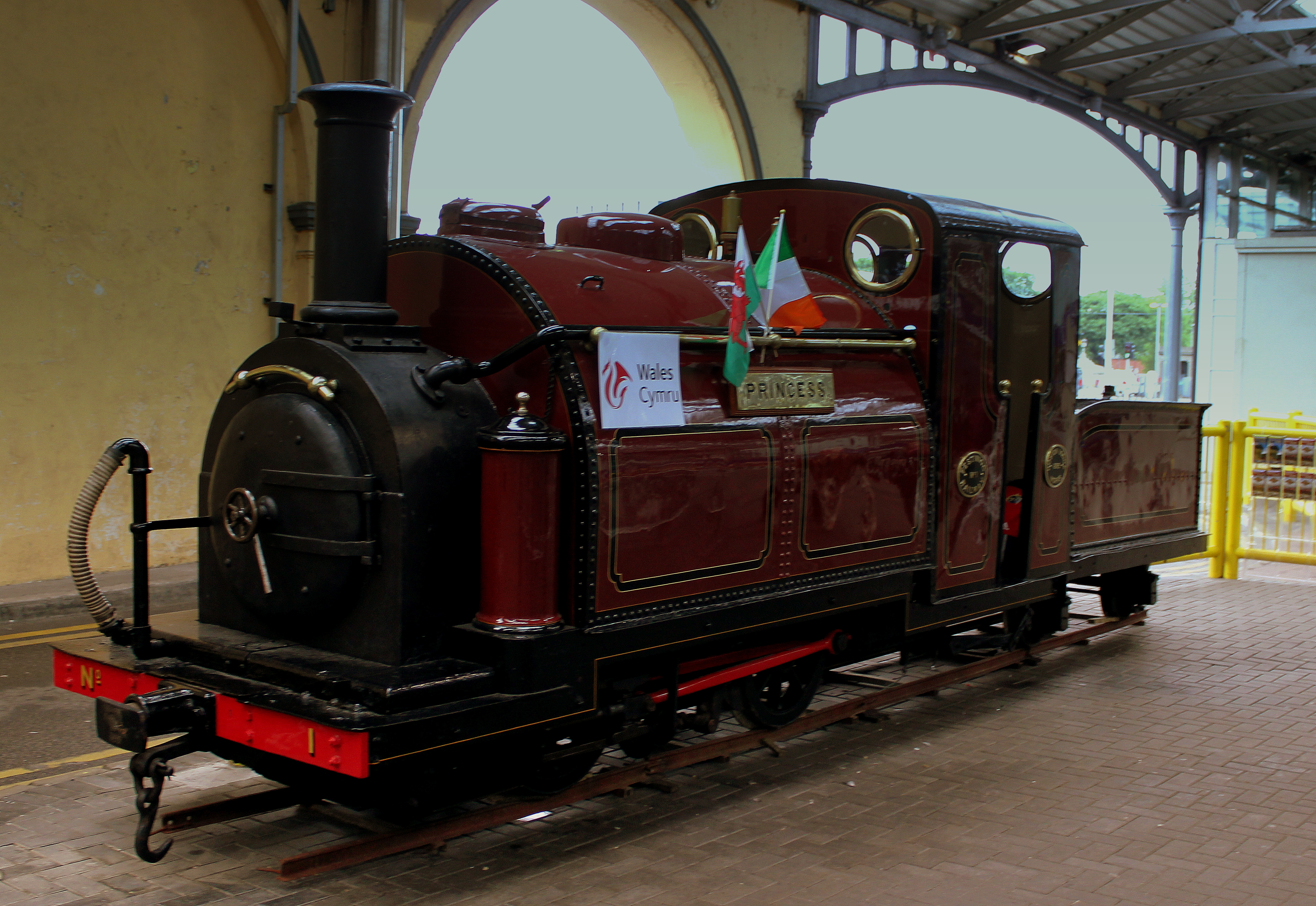|
Small England Class
The Ffestiniog Railway 0-4-0TT were six steam locomotives built by George England and Co. for the Ffestiniog Railway between 1863 and 1867. The locomotives were built to two designs: the first four were originally side tank locomotives and are collectively known as the ''Small England'' class; the final two locomotives were delivered with saddle tanks and are known as the ''Large England'' class. The designation "TT" indicates a tender-tank locomotive, which is a tank locomotive with a Tender (rail), tender. In these locomotives, water is carried in tanks on the locomotive while fuel (coal) is carried in the tender. Small England class The Ffestiniog Railway was originally built to be worked by gravity, with horses used to haul the empty slate wagons uphill from Porthmadog to Blaenau Ffestiniog. By the late 1850s it was clear that the line was reaching its carrying capacity, while the production from the slate quarries was continuing to expand. To increase the amount of slate t ... [...More Info...] [...Related Items...] OR: [Wikipedia] [Google] [Baidu] |
Festiniog Railway Princess
''Princess'' is an steam locomotive built by George England for the Ffestiniog Railway in 1863. It is one of the earliest narrow gauge steam locomotives and is one of the three oldest surviving narrow gauge locomotives still on its original railway. History ''Princess'' was the first steam locomotive delivered to the Ffestiniog Railway. She was originally named ''The Princess'' - after Alexandra of Denmark, Princess Alexandra of Denmark - and carried the number 1. As delivered she was an 0-4-0 Tank locomotive#Side tank, side tank without a cab. She began hauling public trains in September 1863. From 1868, ''The Princess'' began hauling trains on the Festiniog and Blaenau Railway as well as the Ffestiniog Railway. In December 1882, ''The Princess'' underwent a substantial overhaul and a large cast iron weight was placed over the side tanks and boiler, giving the locomotive extra adhesive weight and the appearance of a Tank locomotive#Saddle tank, saddle tank. She continued to ... [...More Info...] [...Related Items...] OR: [Wikipedia] [Google] [Baidu] |

